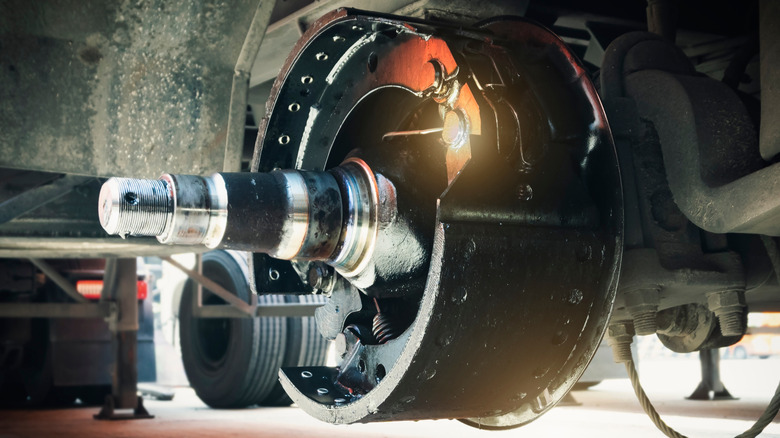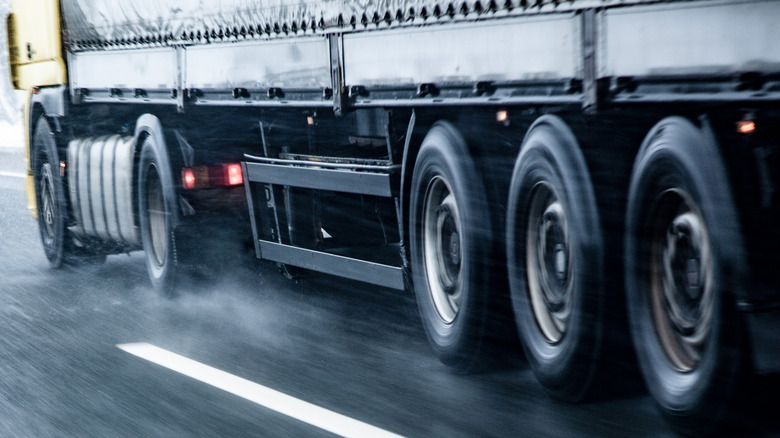Why Many Trucks Still Use Drum Brakes Today
Modern trucks come equipped with advanced technologies, yet many still rely on drum brakes, a design that has been around for more than a century. Drum brakes remain widely used in the trucking industry, even as disk brakes have become standard in the majority of passenger cars and increasingly common on some commercial trucks.
Drum brakes work by pressing brake shoes outward against the inside of a rotating drum that's attached to the wheel, creating friction that slows or stops the vehicle. This design makes them popular not just out of tradition, but because it is inexpensive to maintain and built to withstand the often demanding or extreme conditions that commercial vehicles operate in.
Their continued use highlights how manufacturers and fleet managers weigh cost, dependability, and real-world performance. In harsh daily conditions, drum brakes have consistently provided practical benefits, particularly when it comes to maintenance fees, long-term durability, and fleet-wide safety expectations.
Drum brakes: Old tech with modern-day value
Cost-effectiveness remains one of the key reasons why drum brakes persist in commercial trucks. Because drum brake assemblies are generally less expensive to produce and install than disc brake systems, manufacturers and managers in charge of large fleets can save money right away. This financial benefit is particularly noteworthy in industries where profitability depends on operating cost control.
In cases where constant, reliable braking is required, drum brakes offer durability in addition to being affordable. Their enclosed design shields internal components from dust and debris, reducing the need for regular maintenance and extending brake lifespan. This not only makes these brakes ideal for longer service intervals where trucks are carrying regular payloads, but also in harsh weather or unpaved surfaces.
Beyond economics, drum brakes also help keep trucks stable and secure. For trucks that frequently stop on unstable surfaces, such as loading docks, inclines, or uneven job sites, drum brakes integrate easily with mechanical parking brake systems. By distributing force evenly across the brake shoes, they prevent vehicles from slipping under load, a vital feature for big rigs. Though drum brakes are an old design, modern upgrades in materials and engineering have kept them compatible with today's safety and performance standards. For fleet operators focused on reliability and cost control, drum brakes are hard to replace.

